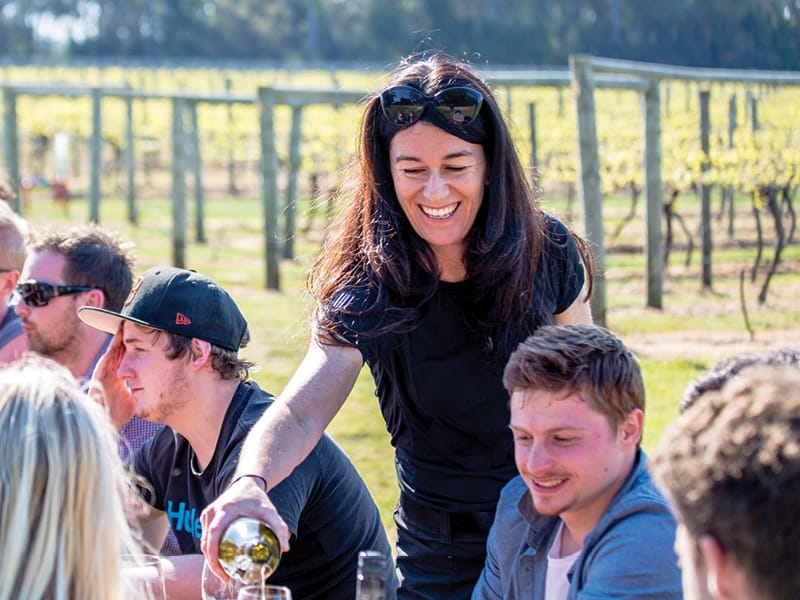
The Australian wine industry has been trying to work out the best way to spend the $50 million marketing windfall from the Federal Government announced last year as part of the tax overhaul.
It’s been a hard-fought bag of cash; we can’t afford to waste it. Meanwhile on a business level, winery owners and marketers are getting on with it knowing they can’t simply lean on industry-wide promotions and marketing activities to draw people to their website and cellar door.
With social media and digital opportunities proliferating, marketers have never had more choices to make about where to spend their time and energy – and of course their money. Is digital marketing the way to go or does traditional still resonate with customers in this industry?
Who’s looking after the Instagram account? And what would they do with a spare million bucks? WBM talks to six highly regarded wine marketers about their priorities for the next 12 months and beyond.
Andrew Kay, Managing director
Wirra Wirra Vineyards
What are your marketing priorities?
We have spent the past six months building awareness of our wine tourism program. That was predominantly PR and social media-driven with supporting local airport advertising and magazine ads. While the PR/digital support is ongoing, we have placed more focus back onto Church Block with a promotional campaign that incorporates magazine and airport advertising, social and digital media and a consumer competition. In terms of digital and traditional marketing, we don’t run one without the other.
What is your brand strategy?
Our focus has been on Church Block as the hero to drive the Wirra Wirra brand; other ranges play a supporting role. It’s important to keep the Church Block brand relevant. We endeavour to remind existing drinkers why they love the wine, encourage lapsed drinkers to return and drag a few newbies in.
How do you keep your cellar door fresh and relevant?
We have just refurbished it and created a private tasting room and corporate meeting space. We built a café to showcase local providores and introduced a new range of tours that can be booked online. We showcase wines exclusive to cellar door and bring in back vintages to taste and sell.
What is your social media Strategy? how do you resource it?
We use Facebook, Twitter and Instagram, and dabble in WeChat. It supports media campaigns or is the driver and key mechanism. We resource it internally (the CEO and marketing team). Historically, I have done all the tweeting and we share Facebook and Instagram. Although each platform plays a different role, the ultimate aim is to get closer to customers and reflect our brand personality.
How do you grow direct-to-consumer sales and database?
We recruit Bell Ringers (database members) at the cellar door and every tasting or event we hold. Our bi-annual newsletter and regular EDM has special offers for members. We hold an outbound phone campaign each year. Every two years we have Bell Ringer dinners around the country. Recently, we introduced The Tribe, a wine club that offers regular shipments to members.
How has your website evolved?
From being heavy on brand stories, education, information and fun to an online shop. It seems to be what the customer wants – convenience and simplicity. To create the back end that supports the sales and club memberships, functionality tends to override narrative. We’ve tried to maintain brand personality but the main function is an extension of the cellar door.
Do you produce a digital or print newsletter or both?
Both; twice a year. The Bell Ringer newsletter shares news; makes them feel closer to the winery; sells a few bottles. It doesn’t take itself too seriously. We asked Bell Ringers how they wanted to receive the newsletter, many still like the hard copy.
Your most successful recent consumer promotion?
The ‘Everyone Has a Church Block Story, What’s Yours?’ is travelling well. A year’s supply of Church Block for the best story shared with us on Facebook.
What marketing activity didn’t go as well as expected?
We tried to send a bottle of Catapult Shiraz around the world. It was in a special case with a GPS tracker linked to a website. A person would be given the bottle, take a selfie with it, upload it and then pass it on and be sent a twin-pack for their troubles. It made it to the UK, but it became too hard. It was pre-Instagram – ahead of its time!
Zoe Downer, Marketing manager
Shaw & Smith
What are your marketing priorities?
Strategy. I am responsible for Shaw + Smith, Tolpuddle Vineyard and The Other Wine Co. They are treated separately. It has never been more vital to have clear objectives with well-considered, innovative plans to achieve them. We still value human interaction with our customers, whether in our tasting room or with wine buyers. It is, and has always been, a relationship business. High-priority tasks include a new printed company brochure (traditional) and a new website (digital).
What is your brand strategy?
Our Shaw + Smith brand strategy is an amalgamation of the 28 years of experience and evolution – but in the end it is all about the wines. They are exciting modern classics and how we present them needs to reflect this – words such as clarity, focus, elegance, style and minimalism come to mind. One interesting challenge is the almost two-headed nature of the brand: a successful and cherished sauvignon blanc and smaller batch pinot noir, chardonnay and shiraz. Of course there’s overlap, but the customer groups demand different activities to gain their attention.
How do you keep your cellar door fresh and relevant?
By ensuring visitors have a unique and special experience. Our tasting room has offered a non-traditional format since it opened. We offer a wine-flight tasting and charge for it. Visitors love the seated tasting experience, which has given it longevity. We are evolving this offering further.
What is your social media strategy? how do you resource it?
Michael and Martin are self-confessed luddites, so we have been somewhat shy in this space, using the channel to promote events and news. We have recently developed a more considered plan and will split the tasks per label and channel, then allocate among four staff.
How do you grow direct-to-consumer sales and database?
Our tasting room is the epicentre for direct sales and database growth. Solid growth comes from increasing winery visitation, delivering a positive experience, building wine club membership, well-trained staff and appropriate software and POS. We also use events and competitions to build our database.
How has your website evolved?
It has barely changed since 2012, but we have spent the past year on a makeover, which will be revealed soon. The back-end is staying the same. Its main role is to tell the story of our wines and entice visitation and sales.
Do you produce a digital or print newsletter or both?
A monthly digital newsletter. We do invest in printed material – we insert information cards into all cartons, and have sent posters of our vineyard maps to club members.
Your most successful recent consumer promotion?
I really like our wine club dinners. They book, we engage with the members, members meet members, and they purchase on the night. Perfect.
What marketing activity didn’t go as well as expected?
It was before my time, but we created the invitation to our annual yum cha event in-house and found some Chinese characters on the internet. Turned out they were promoting a Chinese cure for sexual impotence and menopause. Embarrassing!
What would you do with an extra $1 million for marketing?
Marketing multiple wines over multiple channels is complex and time consuming. I’d clone our main spruikers – David LeMire MW, Dan Coward, our winemaker Adam Wadewitz, Martin Shaw and Michael Hill Smith MW. A million dollars should cover them all, right?
Lloyd Constantine, Head of Sales & Marketing
Vasse Felix
What are your marketing priorities?
The number one priority is embedding our brand positioning and key messages with all key stakeholders globally. This is ongoing and imperative. Also the further we get away from home, telling the story of our wine paradise Margaret River and educating influencers in key export markets about our region to support our sales and distribution goals. This year is special for Vasse Felix as it is our and the region’s 50th anniversary. We are throwing a few celebrations for that, and also releasing the Tom Cullity, the next evolution of our icon Cabernet and named in honour of our founder. It’s a very significant (and a phenomenal) wine. Growing the club and investing in our website and CRM systems and program remains a big priority.
What is your brand strategy?
Continue to deliver the Vasse Felix brand vision, ensuring all brand touch points deliver on this – for example the wines, estate experience, sales people, POS, vineyards etc.
How do you keep your cellar door fresh and relevant?
We have completed refurbishments over the past two years. We introduced different spaces that enable different styles of wine experiences – ranging from traditional tastings at the cellar door bar through to more structured seated tastings, tours or informal wines by the glass or bottle in our wine lounge. There is also fine dining in the Vasse Felix restaurant.
What is your social media strategy and how do you resource it?
We use social media to complement our existing activities at the estate and in-market. The social channels of focus are Instagram, Facebook and Twitter. The strategy differs for each. Generating content is a shared responsibility among the team, however it rolls up to the marketing team to curate and publish
How are you growing your direct-to-consumer sales and database?
We grow our club primarily through the cellar door – the most engaged brand enthusiasts tend to be born here. More broadly, we grow direct sales via our website and at any Vasse Felix brand activation around the world; the people we meet can sign up for our mailing list to keep in touch with news and events.
How has your website evolved in recent years?
Our website presents more simply than ever before, but we have done a lot behind the scenes in terms of our database (the engine of the site, so to speak). Simple and effective tech systems are imperative – so as much as we innovate our tech, we also look to simplify whenever we can, keeping in mind our business and brand goals and the user experience. The Vasse Felix website is our shop window to all stakeholders in the world, so we invest in it with that level of importance in mind.
Do you produce a digital or print newsletter or both?
Both. Digital for wider reach, greater frequency and timely content, and print because nothing beats a content-rich and tactile publication to tell our brand story.
What would you do with an extra $1 million for marketing?
Throw an even bigger party in Margaret River for the 50th. After that, we would employ more people focusing on export markets, and invest in bringing more people to Vasse Felix and Margaret River. There is no better way to market our wines than to be immersed in the Estate experience and the region.
Darren Rathbone,
Rathbone Wine Group
What are your marketing priorities?
Direct to customer is our priority; how we can directly access our customer and engage on a more personal level. We have a strong digital focus with more customised events for members to engage in on a deeper level. Focusing on the end consumer strengthens every channel we work through, by creating demand for our product, be it at our cellar door, in retail or in a restaurant.
What is your brand strategy?
Domestically, our strategy is to grow our direct-to-customer business with the various touch points we have available including our wineries/properties, partnerships and memberships. We are comfortable with our partners in the more mature markets, the UK and Europe. We are concentrating on Asia, with an emphasis on China, and North America. We tend to work with importers with multiple-channel distribution with a bias towards on-premise.
How do you keep your cellar door experience fresh and relevant?
The cellar door team is key in discussing other cellar door or retail experiences on both a national and international spectrum. The team also talk with visitors to the property and take into account their feedback and insights from other places they have visited.
What is your social media strategy and how do you resource it?
Our social media focuses on Facebook and Instagram. With limited internal resourcing, we choose to focus on the two growing channels and do these well and interact with our supporters regularly
How are you growing your direct-to-consumer sales and database?
We are fortunate to have quite successful cellar doors that contribute to a large share of the database. We are looking into more digital means to grow the database such as SEM and social media.
How has your website evolved in recent years?
The website now uses a lot more imagery and graphics to bring the winery to life. Video is also something that will be incorporated. Our websites are a source of information for consumers to engage with our brand initially, but also a revenue channel. Amendments to make the shopping experience easier is an ongoing project.
Do you produce a digital or print newsletter or both?
We send digital newsletters twice a month; the second newsletter is a reminder of the last chance sale opportunities. We print newsletters quarterly and send them to wine club members; they include more detailed information than the digital version.
What’s been your most successful consumer promotion recently?
An influencer promotion with our top supporters garnered a significant organic reach for our brand.
What marketing activity didn’t go as well as expected?
Working with a celebrity who we thought aligned with our brand values did not go as well as expected. It clarified our need for authenticity.
What would you do with an extra $1 million for marketing?
We would significantly increase our digital marketing spend including social media, and SEM tools like google adwords. It would be an extension of our current marketing activity but on a larger scale, collaborating with key partners and creating a greater reach.
Susan Papps, Owner/sales, marketing and brand manager
Yelland & Papps
What are your marketing priorities?
Content, brand awareness and understanding of our wine ethos and story. We use digital, except for word of mouth. My brand seems to respond better to digital – social and engagement is more responsive with higher results.
What is your brand strategy?
To engage consumers in our brand and keep them engaged, keep true to what we believe in and make sure we are putting the right information out there.
How do you keep your cellar door fresh and relevant?
We push all the time to be better, to improve. We make sure our regular customers see progress, evolution, persistence and dedication. We are constantly maintaining our look to who we are and what we believe in.
What is your social media strategy and how do you resource it?
There is no strategy. Michael and I do all our social media, always have. We make sure we let people into the world of what is going on at Yelland & Papps, what our life is and day-to-day goings-on.
How are you growing your direct-to-consumer sales and database?
Through our Little Slice of Paradise members club. People sign up through our tasting room, or online. If they want to know more this is where they go, and they get rewarded for their support.
How has your website evolved in recent years?
The website has more content. Basically everything that is going on here, is on the website. It is a mirror of our live business. It is somewhere for people to go after hours to find what they are looking for be it events, new releases, wines or tasting room updates.
Do you produce a digital or print newsletter or both?
We produce a digital newsletter once a month – most of the time. We print one once a year and sometimes twice. They both have purpose and both work. Of course digital is so much more cost effective and logistically easier.
What’s been your most successful consumer promotion recently?
A lot of things – not just one promotion on its own. The consistency within our brand and the content we share has been quite successful.
What marketing activity didn’t go as well as expected?
Sometimes the timing doesn’t work, or you’re rushing and not making sure you have all the angles covered. Sometimes we have to remember that even if we think it is a great idea, the customer may not think so.
What would you do with an extra $1 million for marketing?
Go to France for product research.

Natasha Nieuwhof
Goaty Hill Wines
What is your brand strategy?
Our strategy is to focus on our premium cool climate wines from Tasmania, our unique site, the boutique nature of what we do, and the fact that we are family owned and operated.
How do you keep your cellar door fresh and relevant?
We like to keep our cellar door experience very personal. Someone from the Goaty Hill family is always at cellar door to share our experiences about who we are, where we have come from and where are we headed. We ensure the experience is tailored to the customer in front of us and where they are at on their wine journey. We are a wine tourism business and try to provide a range of activities alongside our tastings including a small local food menu to complement our wines. We work with the local community to have a range of sculpture and art displayed in the vineyard, and we have music events at cellar door and food vans onsite. We welcome families with children by having activities for them.
What is your social media strategy and how do you resource it?
As a small business, it is vitally important for us to be active on social media. Our customers are online and sharing information, and it’s important for us to join in these conversations and make social media work for us. Social media allows us to share information about our wines, people, events and business, and engage in conversations. How do we resource it? This can be tricky. Being small business owners, we manage a range of other areas and are sometimes time poor. We focus on Facebook and Instagram, and try to do these well. Media strategy and resourcing are managed within the GHW family.
How are you growing your direct-to-consumer sales and database?
Our wine club is a very important part of our business. It is a constant focus for us all at cellar door and at other marketing or tasting events. Our mailing list is an important tool in collecting email addresses to share news of our wines and special offers, and keeping in touch with customers. We like to partner with local and interstate restaurants for wine dinners; through these we have a wonderful opportunity to collaborate with others, showcase our wines with fantastic food and help introduce our wines to new and old customers.
How has your website evolved in recent years?
Our most recent website change happened 18 months ago. It is important in promoting who we are, where we are and the wines we have available. It is a vital sales tool for us.
Do you produce a digital or print newsletter or both?
We produce a digital newsletter. It’s a great way of keeping our customers up to speed with what’s happening in the vineyard and cellar door, and with special offers and new releases. We don’t produce the newsletter as often as we would like.
What’s been your most successful consumer promotion recently?
Pop-up cellar doors interstate. We visit various states each year to keep our wine club members up to date with new vintages; we know they can’t always visit us at cellar door. We promote our pop-ups through our database. Wine club members attend along with anyone else interested in what we are doing. People enjoy us coming to visit them.
What marketing activity didn’t go as well as expected?
We have taken part in various large tastings for the public. They can be hit or miss, depending on the target audience and the money spent on promoting them. There can be big costs for the stall, airfares, staffing, accommodation and tasting stock. We ensure the activities we take part in are cost effective with strong sales or marketing outcomes.
What would you do if you had an extra $1 million for marketing?
I would employ a marketing manager to help us stay focused and manage the marketing initiatives we have on the go. Another person would be valuable to help us keep everything up to date, stay in touch with trends and keep in front of our audience.
• This article was first published in WBM – Australia’s Wine Business Magazine. Case studies are now a regular feature of the magazine so if you want to know what everyone else is doing in the wine business you will read it here first. The April-May issue of WBM contains an extensive feature on Cellar Doors. Subscribe to Australia’s best wine industry publication for only $115. Visit https://wbmonline.com.au/shop/
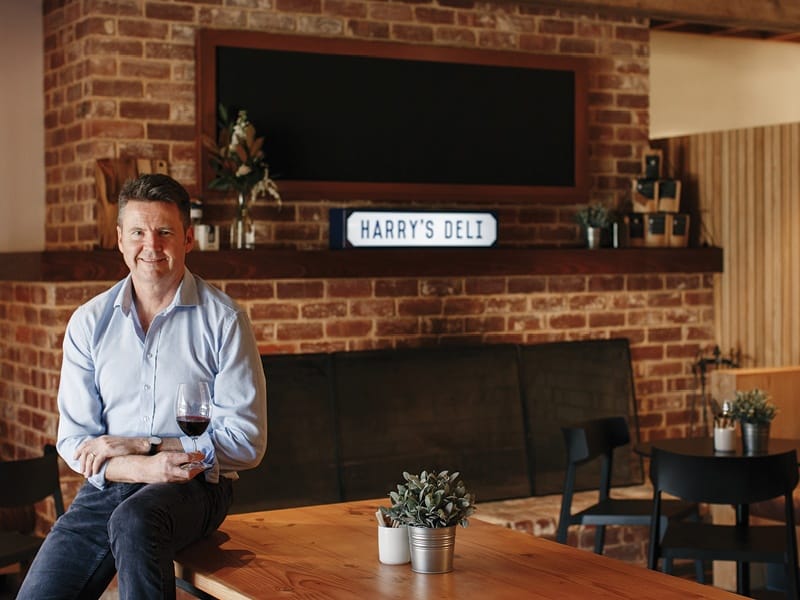
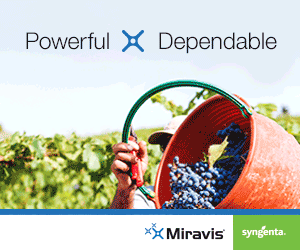
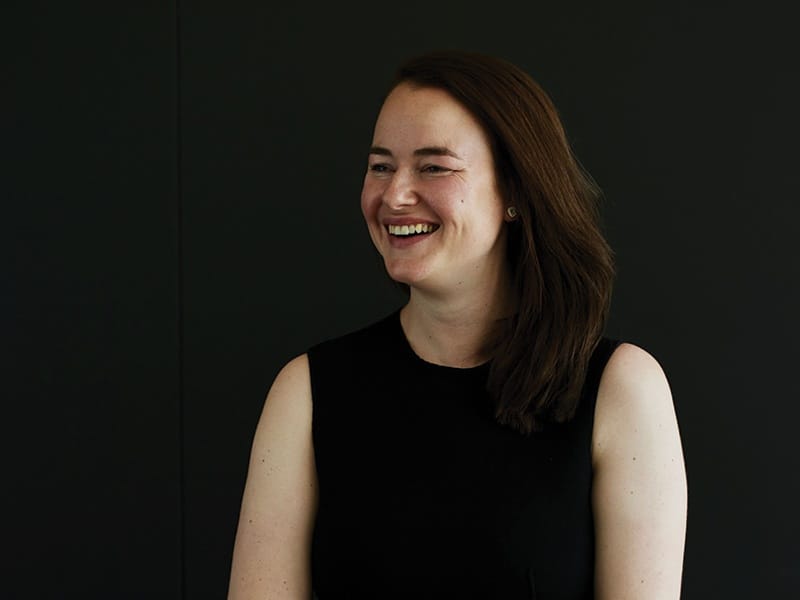
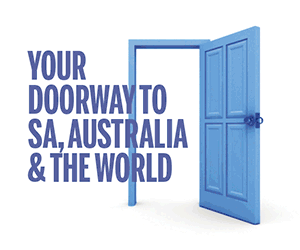
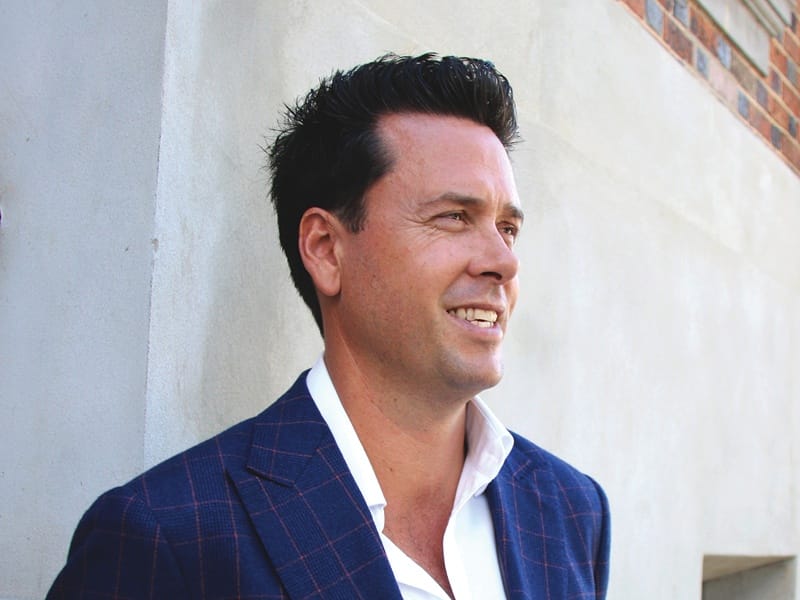
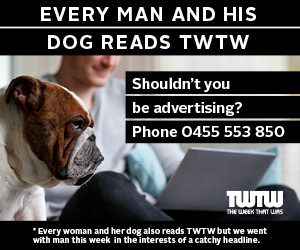
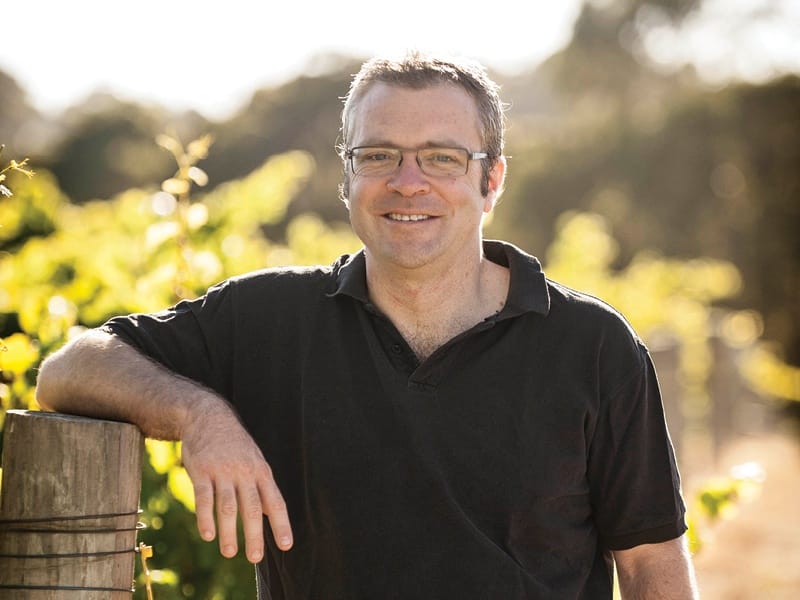
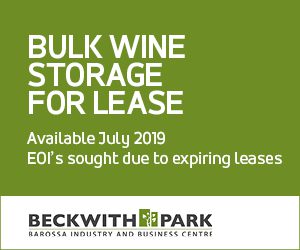
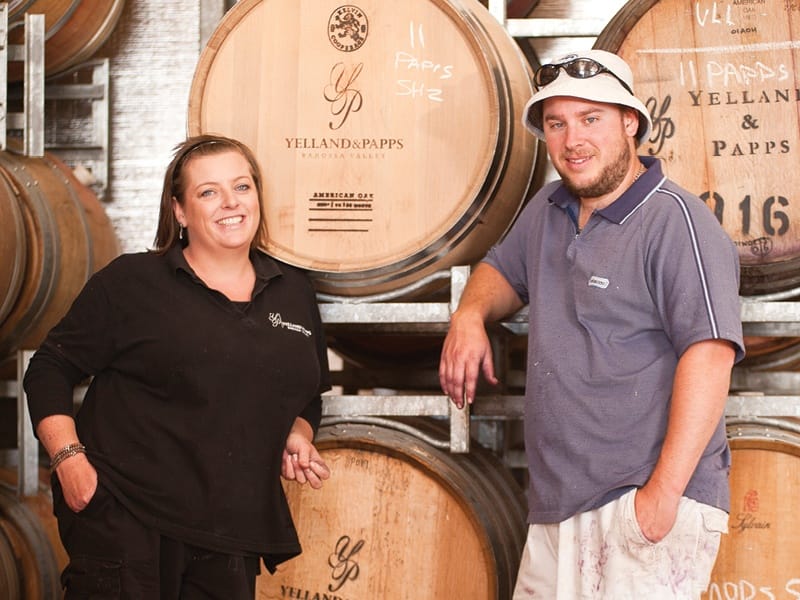

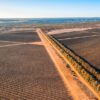


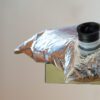



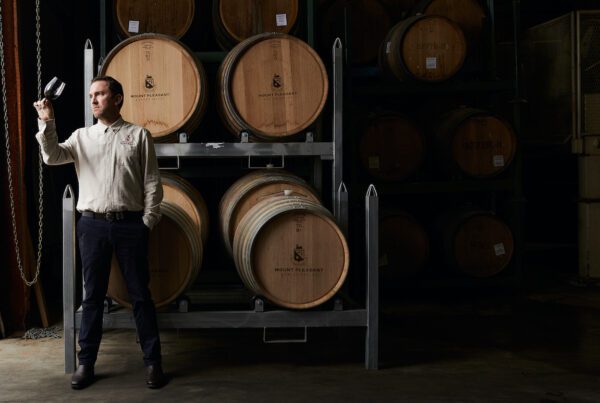
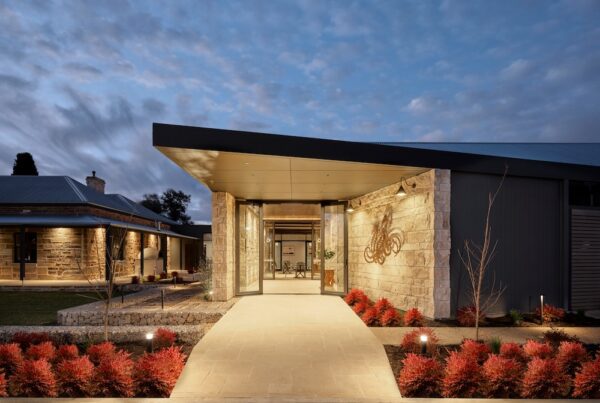
Recent Comments